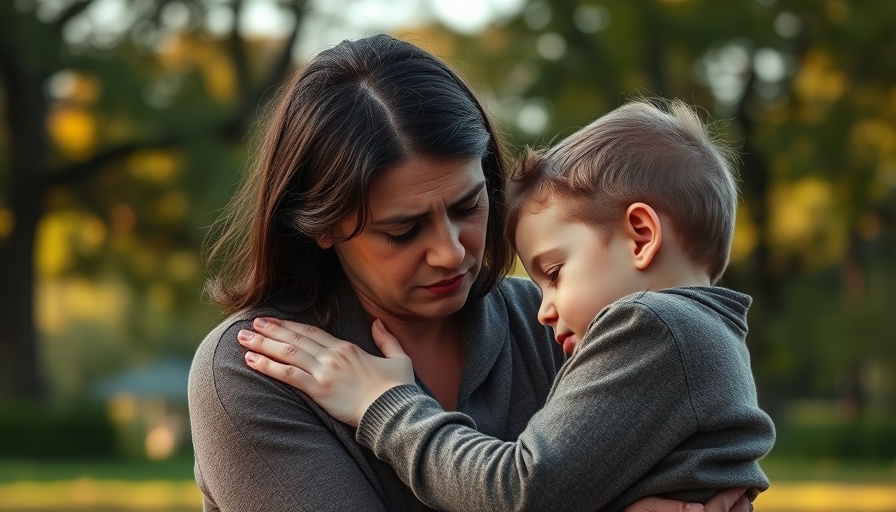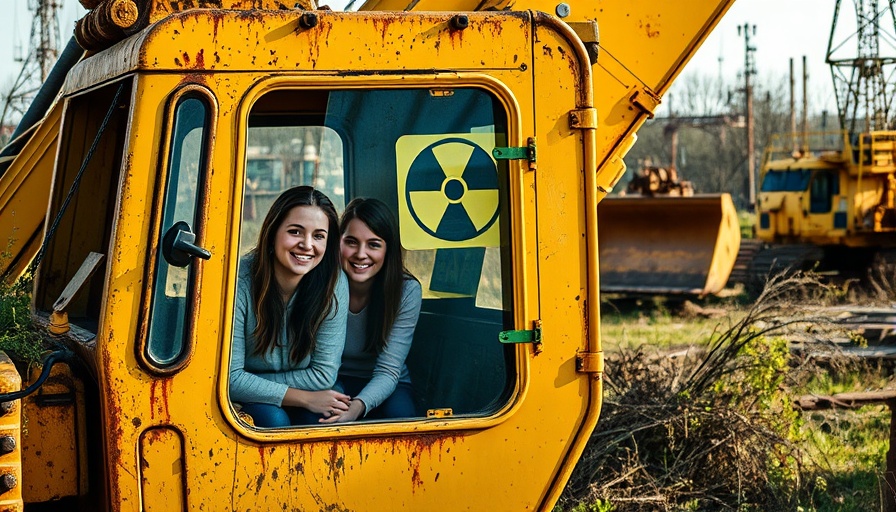
Understanding Cholesterol: The Good, The Bad, and The Ugly
Cholesterol is often vilified, but the truth lies in its necessity for many bodily functions. According to Dr. Mercola, a renowned osteopathic physician, cholesterol is crucial for hormone production, brain health, and cellular repair. However, when it's unbalanced, it poses risks to heart health. The underlying issue is typically chronic inflammation and poor metabolic health. To combat these challenges, it’s imperative to look beyond cholesterol levels alone and consider your overall health and lifestyle.
Smart Fats Vs. Harmful Fats: Choosing Wisely
One way to begin balancing your cholesterol is through dietary changes, particularly the type of fats consumed. Dr. Mercola emphasizes the importance of integrating healthy fats into your diet while eliminating harmful counterparts. Rather than eliminating fat altogether, focus on nourishing sources. Avocados, coconut oil, wild-caught salmon, and walnuts are excellent options that can help maintain healthy HDL levels and reduce inflammation. In contrast, steering clear of trans fats and fried foods can significantly enhance your cardiovascular health.
The Sugar Conundrum: Cutting Carbs for Heart Health
Many are unaware that excess sugar and refined carbohydrates play a significant role in altering cholesterol levels. Dr. Mercola points out that sugary items like pastries and soft drinks can drive high triglyceride levels and reduce HDL cholesterol. Instead, embracing a diet rich in whole foods—like sweet potatoes, leafy greens, and berries—can promote better blood sugar regulation and a healthier lipid profile.
Movement Matters: The Power of Daily Exercise
Exercise isn’t just integral for physical fitness; it’s a natural remedy for cholesterol imbalance. By incorporating daily activities like walking, strength training, and gentle yoga, you can effectively raise your HDL while lowering your LDL. In fact, regular movement also contributes to weight management and improved blood pressure, making it a cornerstone for heart health.
Foods to Fight Inflammation: The Heart's Best Friends
Since inflammation is a major player in cholesterol imbalance, Dr. Mercola recommends including inflammation-fighting foods in your diet. Spices like turmeric and ginger, along with leafy greens and berries, can protect arteries and support cardiovascular health. Additionally, fermented foods such as sauerkraut introduce beneficial bacteria that enhance gut health, further aiding in inflammation reduction.
The Vital Role of Vitamins: D and K2 for Heart Support
For comprehensive heart health, the importance of vitamins D and K2 cannot be overstated. Dr. Mercola advises maintaining sufficient vitamin D levels through safe sun exposure or supplementation. Pairing this with vitamin K2 is essential, as it helps channel calcium into the bones rather than the arteries, safeguarding against cardiovascular conditions.
Conclusion: Taking Charge of Your Cholesterol Naturally
The steps to better heart health extend beyond medication. By making informed dietary choices, engaging in regular physical activity, and focusing on nutrient intake, individuals can significantly improve their cholesterol levels naturally. As awareness of these methods grows, the path to optimal heart health becomes more achievable without the reliance on pharmaceutical interventions.
Don’t wait! Begin your journey to a healthier life by integrating these actionable insights today.
 Add Row
Add Row  Add
Add 




Write A Comment